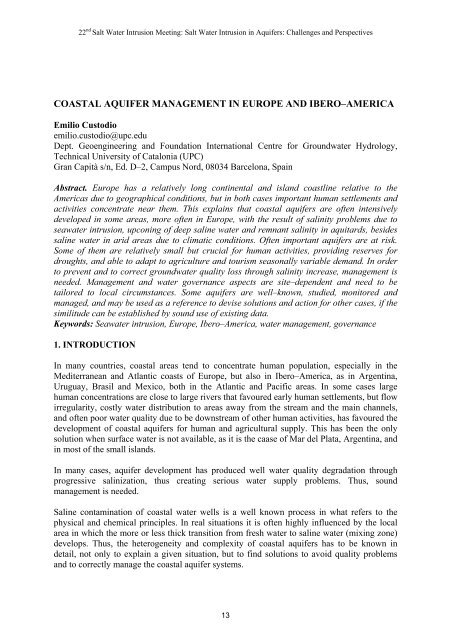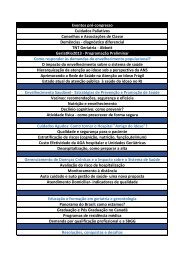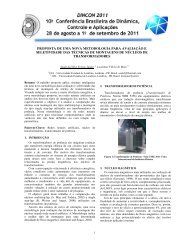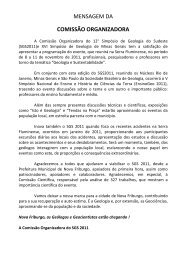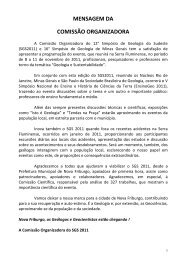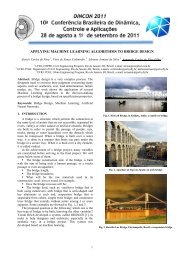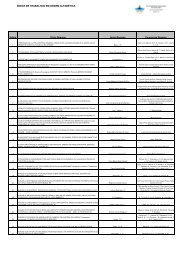Here - Meta Marketing e Eventos
Here - Meta Marketing e Eventos
Here - Meta Marketing e Eventos
- No tags were found...
Create successful ePaper yourself
Turn your PDF publications into a flip-book with our unique Google optimized e-Paper software.
22 nd Salt Water Intrusion Meeting: Salt Water Intrusion in Aquifers: Challenges and PerspectivesCOASTAL AQUIFER MANAGEMENT IN EUROPE AND IBERO–AMERICAEmilio Custodioemilio.custodio@upc.eduDept. Geoengineering and Foundation International Centre for Groundwater Hydrology,Technical University of Catalonia (UPC)Gran Capità s/n, Ed. D–2, Campus Nord, 08034 Barcelona, SpainAbstract. Europe has a relatively long continental and island coastline relative to theAmericas due to geographical conditions, but in both cases important human settlements andactivities concentrate near them. This explains that coastal aquifers are often intensivelydeveloped in some areas, more often in Europe, with the result of salinity problems due toseawater intrusion, upconing of deep saline water and remnant salinity in aquitards, besidessaline water in arid areas due to climatic conditions. Often important aquifers are at risk.Some of them are relatively small but crucial for human activities, providing reserves fordroughts, and able to adapt to agriculture and tourism seasonally variable demand. In orderto prevent and to correct groundwater quality loss through salinity increase, management isneeded. Management and water governance aspects are site–dependent and need to betailored to local circumstances. Some aquifers are well–known, studied, monitored andmanaged, and may be used as a reference to devise solutions and action for other cases, if thesimilitude can be established by sound use of existing data.Keywords: Seawater intrusion, Europe, Ibero–America, water management, governance1. INTRODUCTIONIn many countries, coastal areas tend to concentrate human population, especially in theMediterranean and Atlantic coasts of Europe, but also in Ibero–America, as in Argentina,Uruguay, Brasil and Mexico, both in the Atlantic and Pacific areas. In some cases largehuman concentrations are close to large rivers that favoured early human settlements, but flowirregularity, costly water distribution to areas away from the stream and the main channels,and often poor water quality due to be downstream of other human activities, has favoured thedevelopment of coastal aquifers for human and agricultural supply. This has been the onlysolution when surface water is not available, as it is the caase of Mar del Plata, Argentina, andin most of the small islands.In many cases, aquifer development has produced well water quality degradation throughprogressive salinization, thus creating serious water supply problems. Thus, soundmanagement is needed.Saline contamination of coastal water wells is a well known process in what refers to thephysical and chemical principles. In real situations it is often highly influenced by the localarea in which the more or less thick transition from fresh water to saline water (mixing zone)develops. Thus, the heterogeneity and complexity of coastal aquifers has to be known indetail, not only to explain a given situation, but to find solutions to avoid quality problemsand to correctly manage the coastal aquifer systems.13


